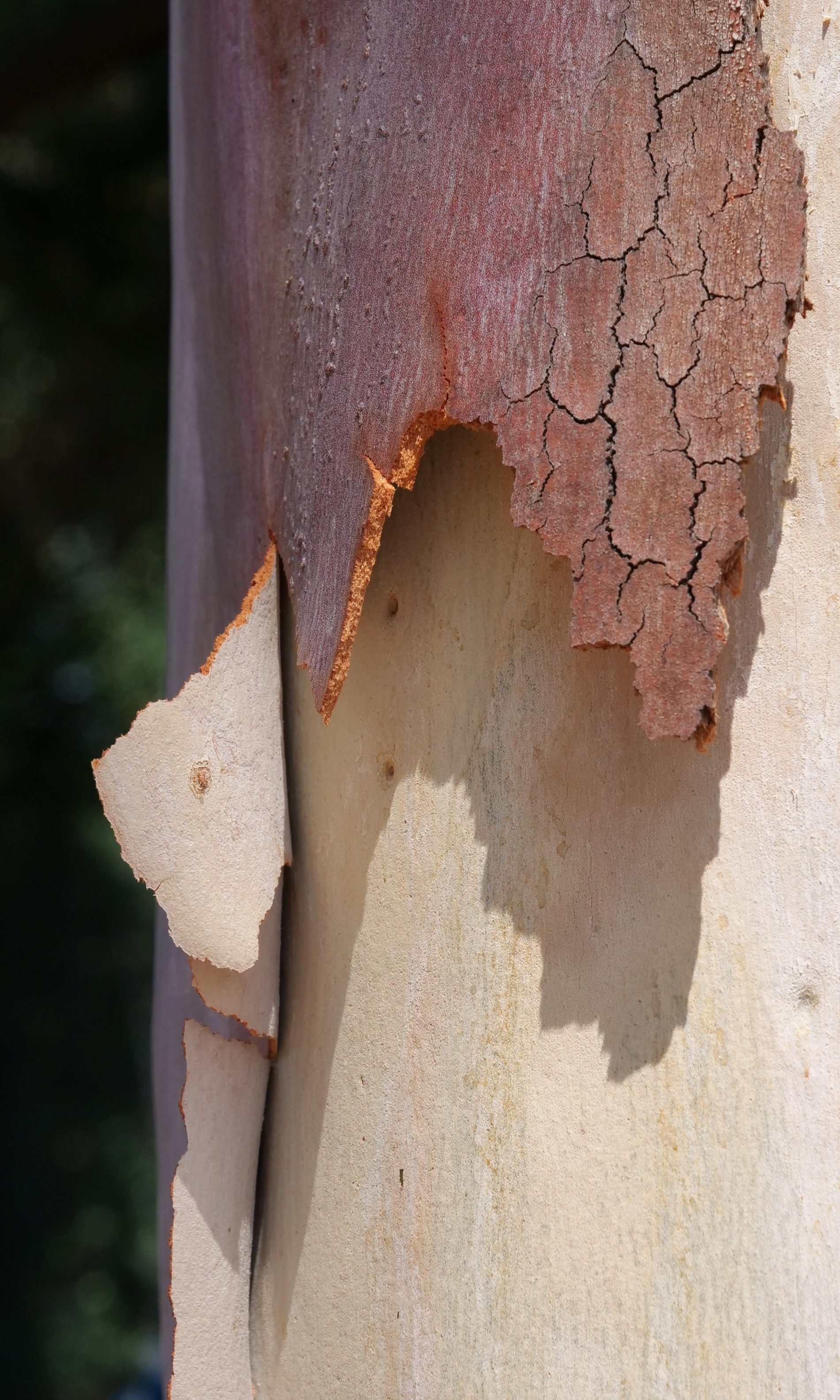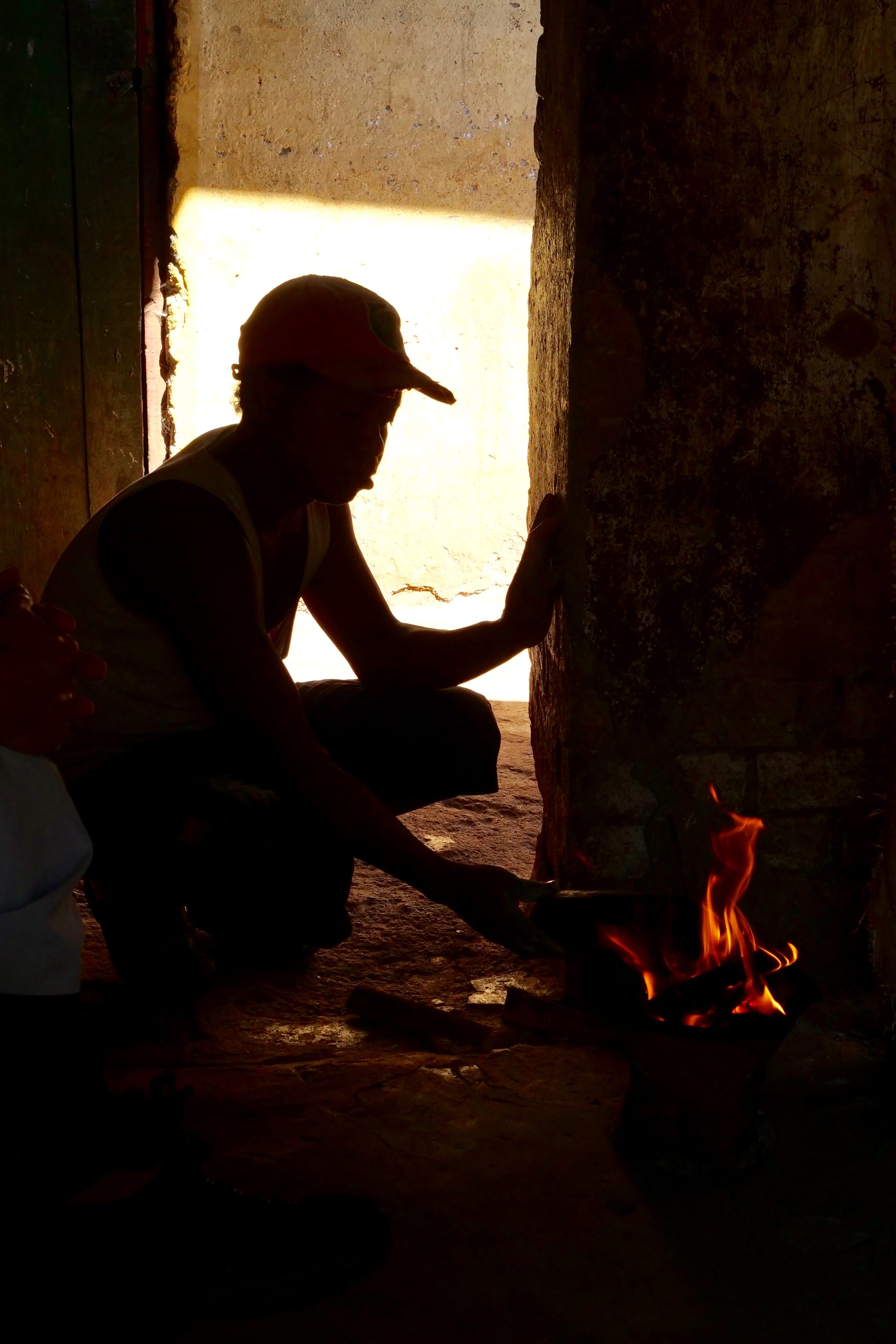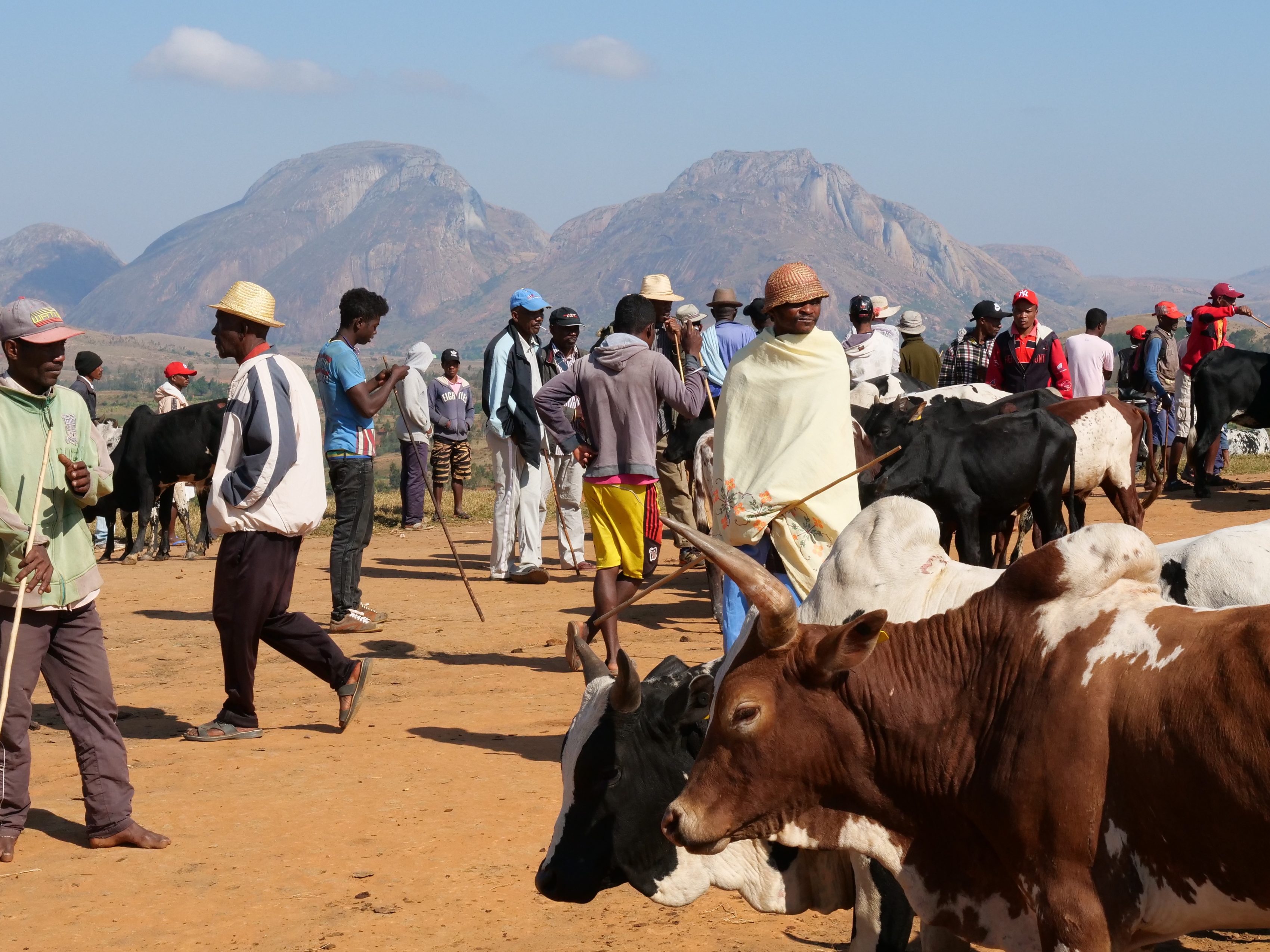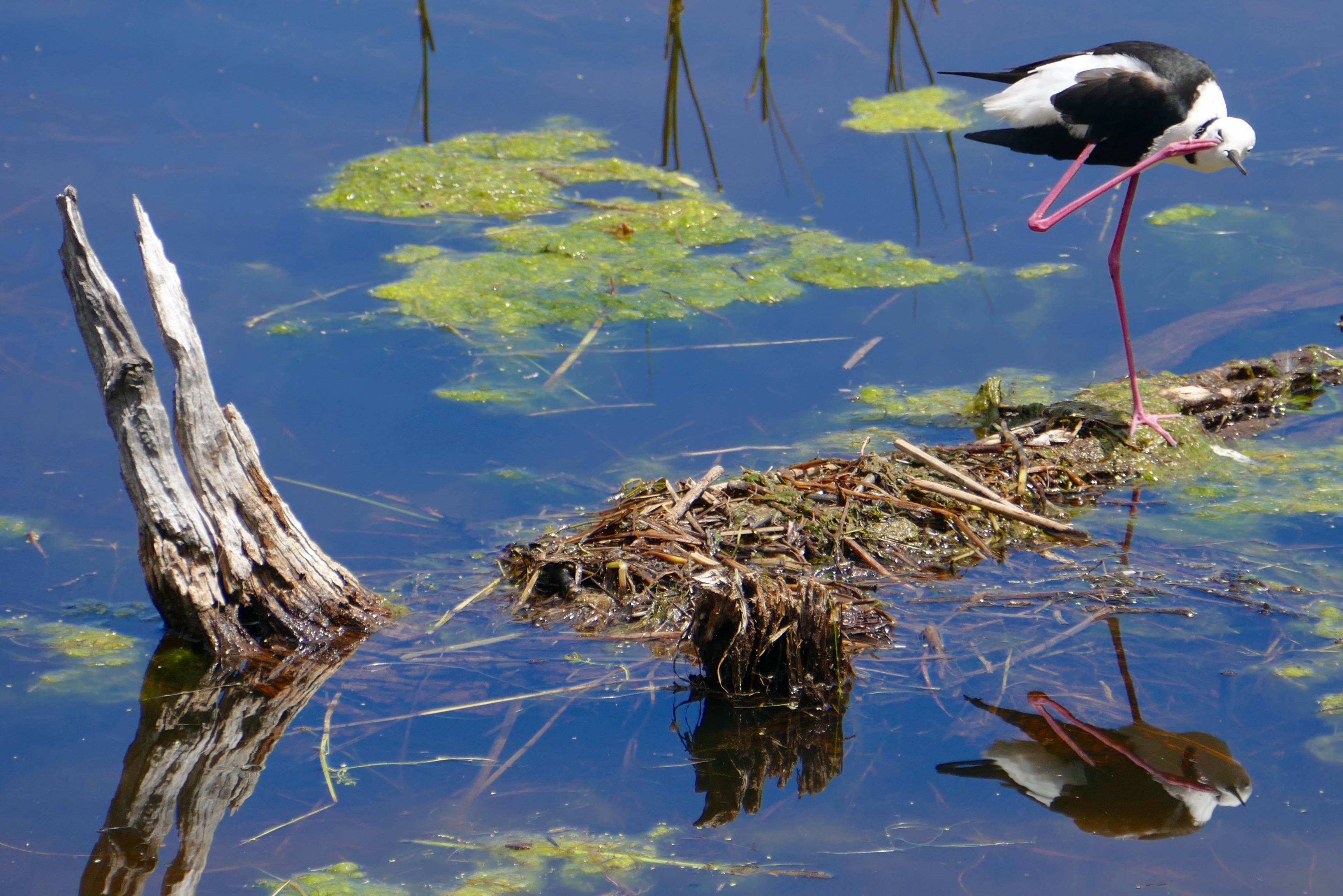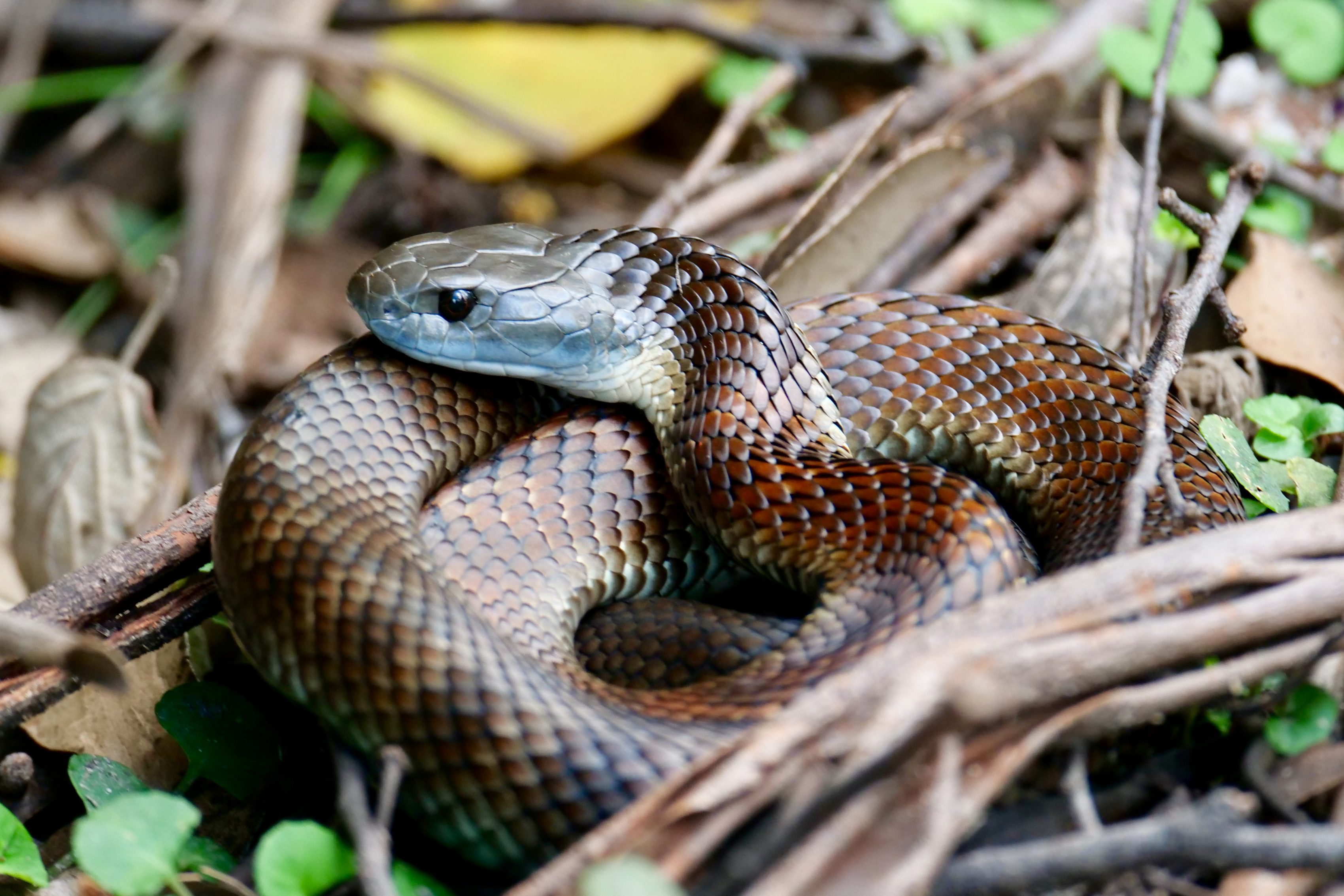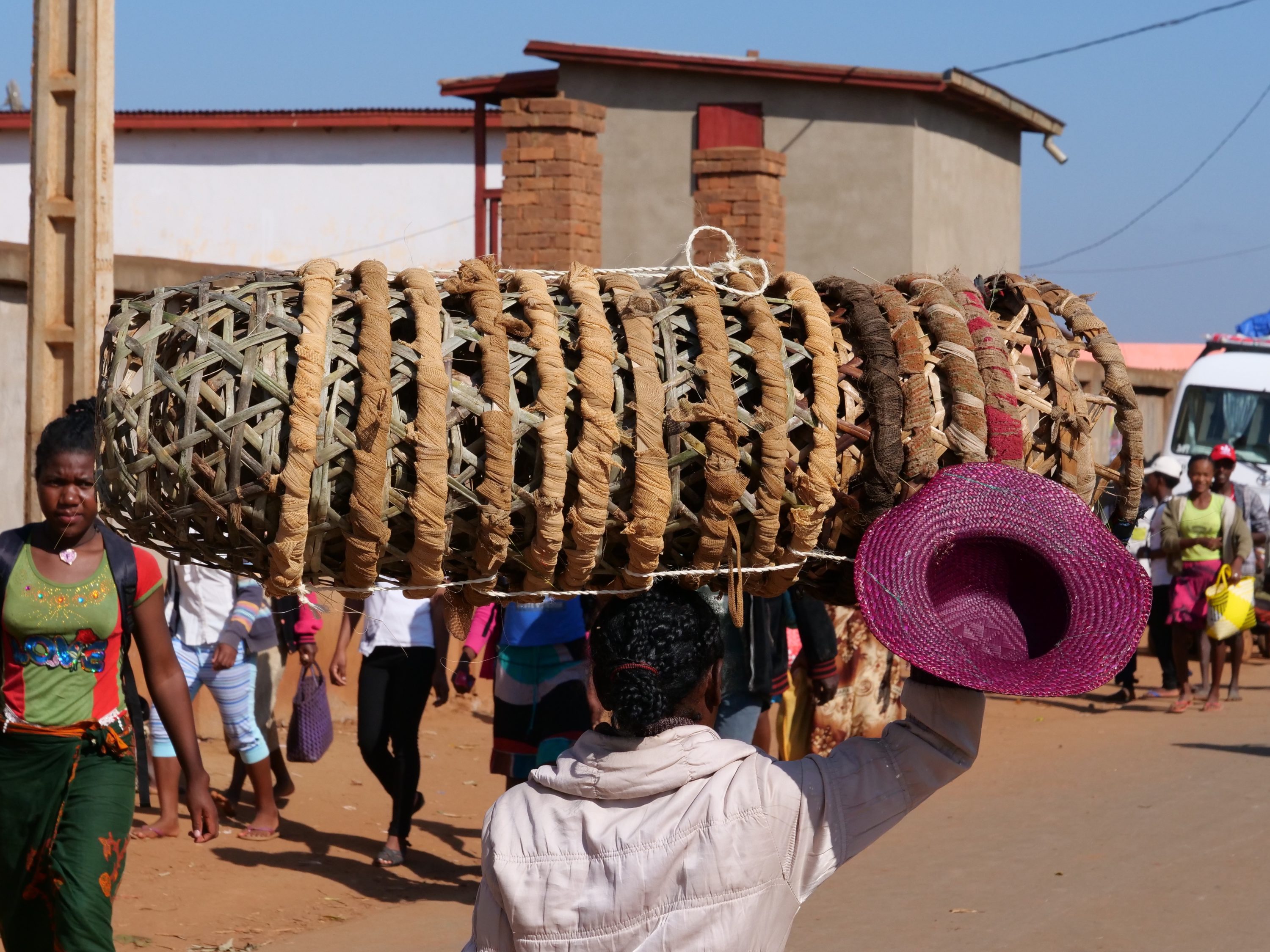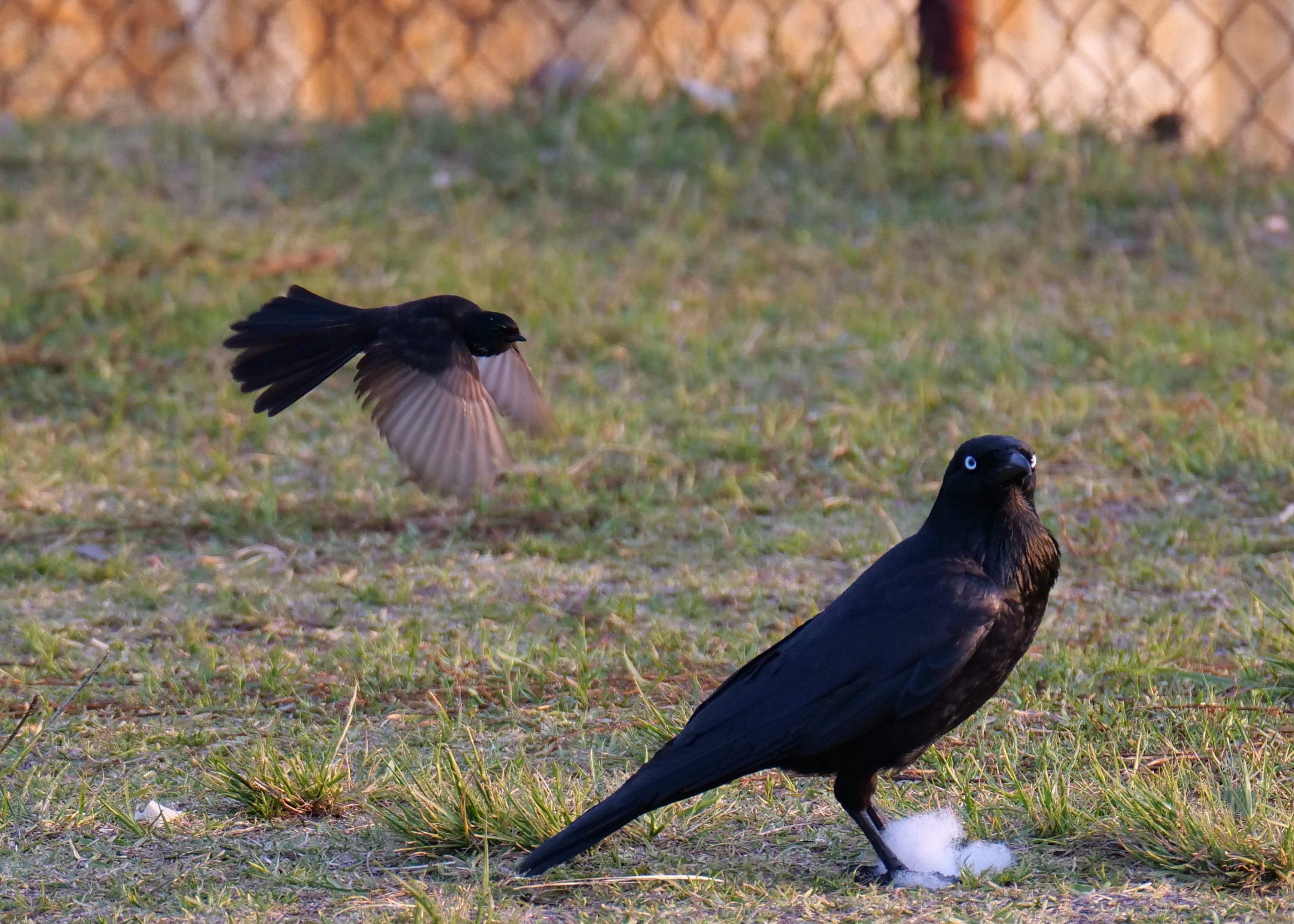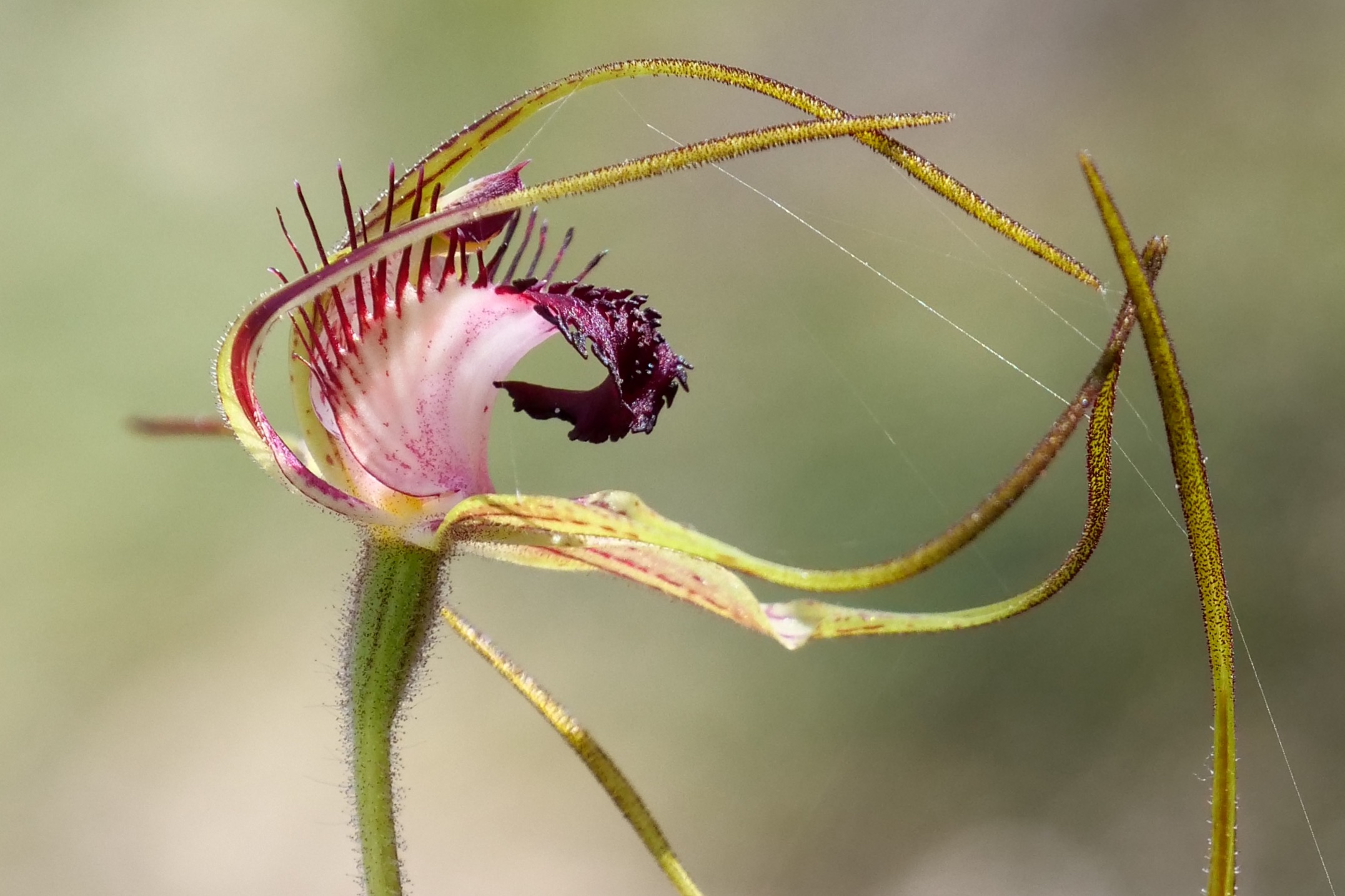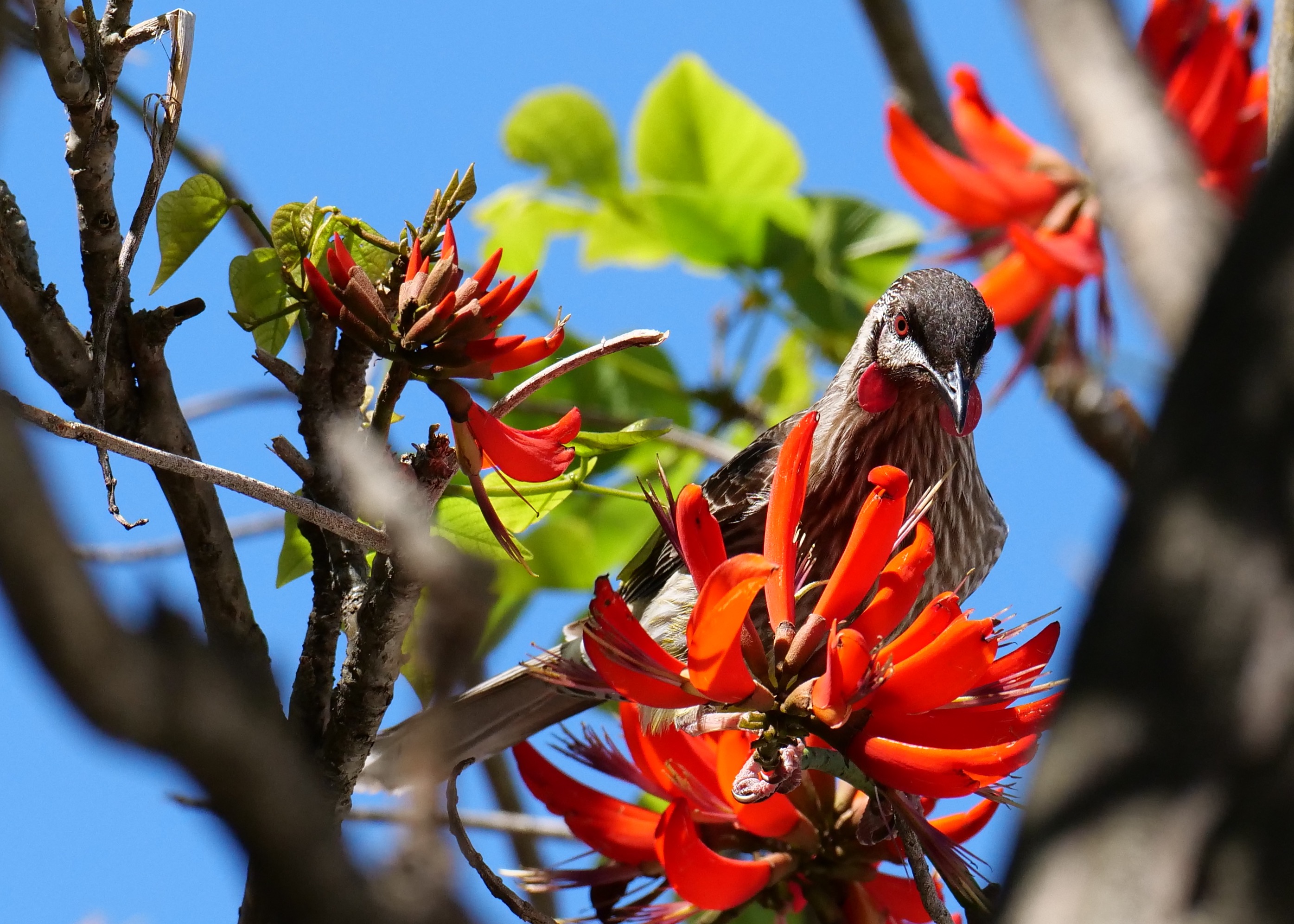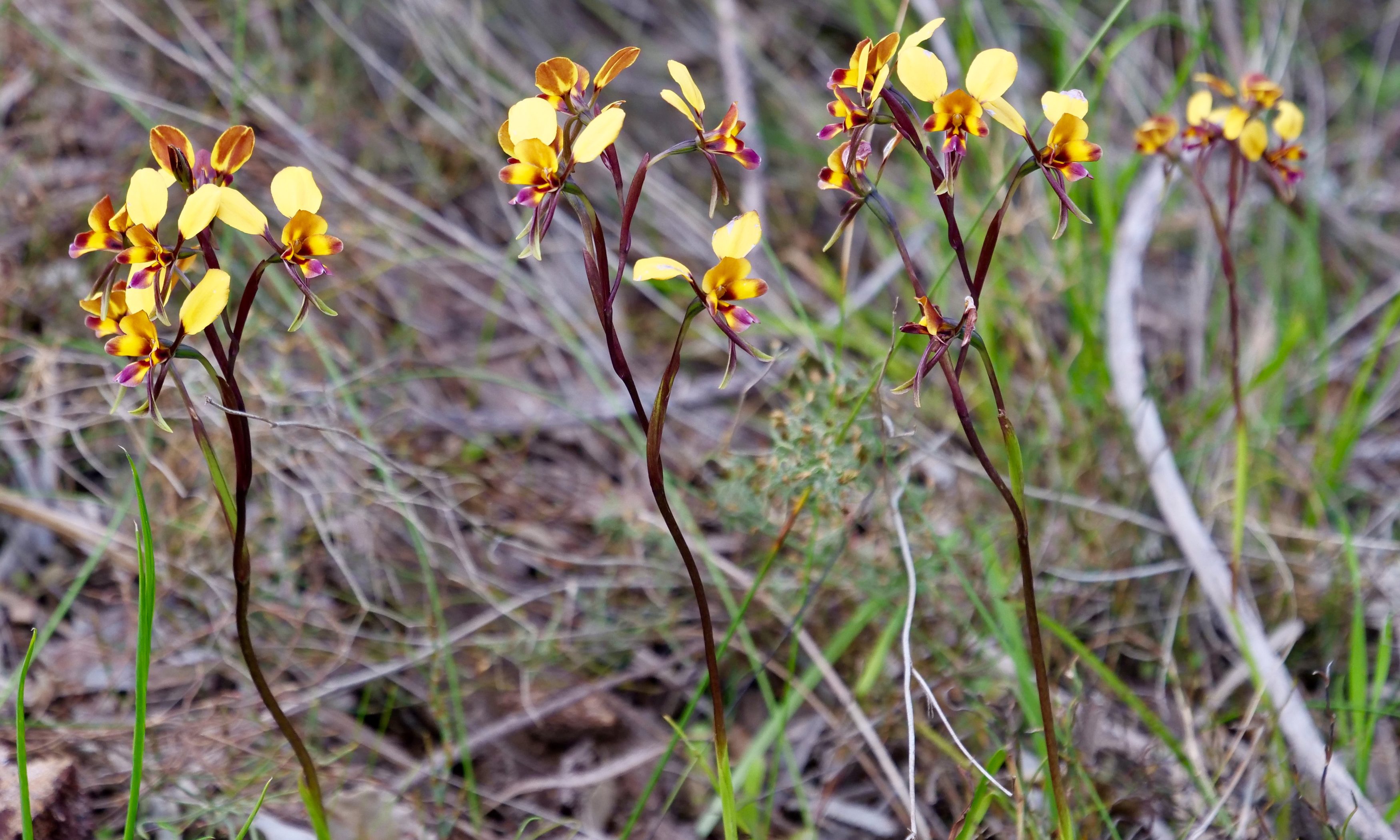The 2018 sequel to a 2017 post: the same “event”, starring same /nearby trees, but this annual event is never the same, twice.
Comments closedCategory: photographs
As the immediately-preceding post observed, Madagascar’s emblematic domesticated animal has a great many uses/aspects.
Its horns can be turned into “cattle birds”, so to speak.
First step, once the abattoir has delivered the horns to the artists/craftspeople: throw the horns into the fire…
Comments closedThis post is not a 2018 Melbourne Cup field update!
However, it will answer a question that you probably have never asked:
How does an echidna scratch itself?
Comments closedThe reptile is one of two tiger snakes encountered within five minutes of each other, whilst my beloved and I were walking up Mount Oberon, on Wilson’s Promontory, four days ago.
One CommentAll photos copyright Doug Spencer, taken on Wednesday May 16, 2018.
As you drive south, Ambalavao is the last major town in Madagascar’s central highlands.
Comments closedPhotographically, location and light were less than ideal, but these images – taken within a few seconds of each other – do document just how fearless and feisty is one small Australian bird.
Comments closedOver at least the next several days, more and more spider orchids will emerge in Perth’s Kings Park.
Some of them are “decorated” by actual spiders!
Comments closedI am lucky enough to live in a city where it is utterly commonplace – even on a busy street – to encounter wattlebirds…and many other birds.
(the featured image’s wattlebird was photographed in Grant Street, Cottesloe. All photos copyright Doug Spencer)
Even inner-urban railway stations are quite busy “airports”.
Comments closedFlora-wise – native flora-wise, most especially – Perth is probably the world’s richest substantial city.
This post’s wildflowers are all endemic to southwest Western Australia.
All are in bloom right now, within 30 minutes of the city centre.
Comments closed